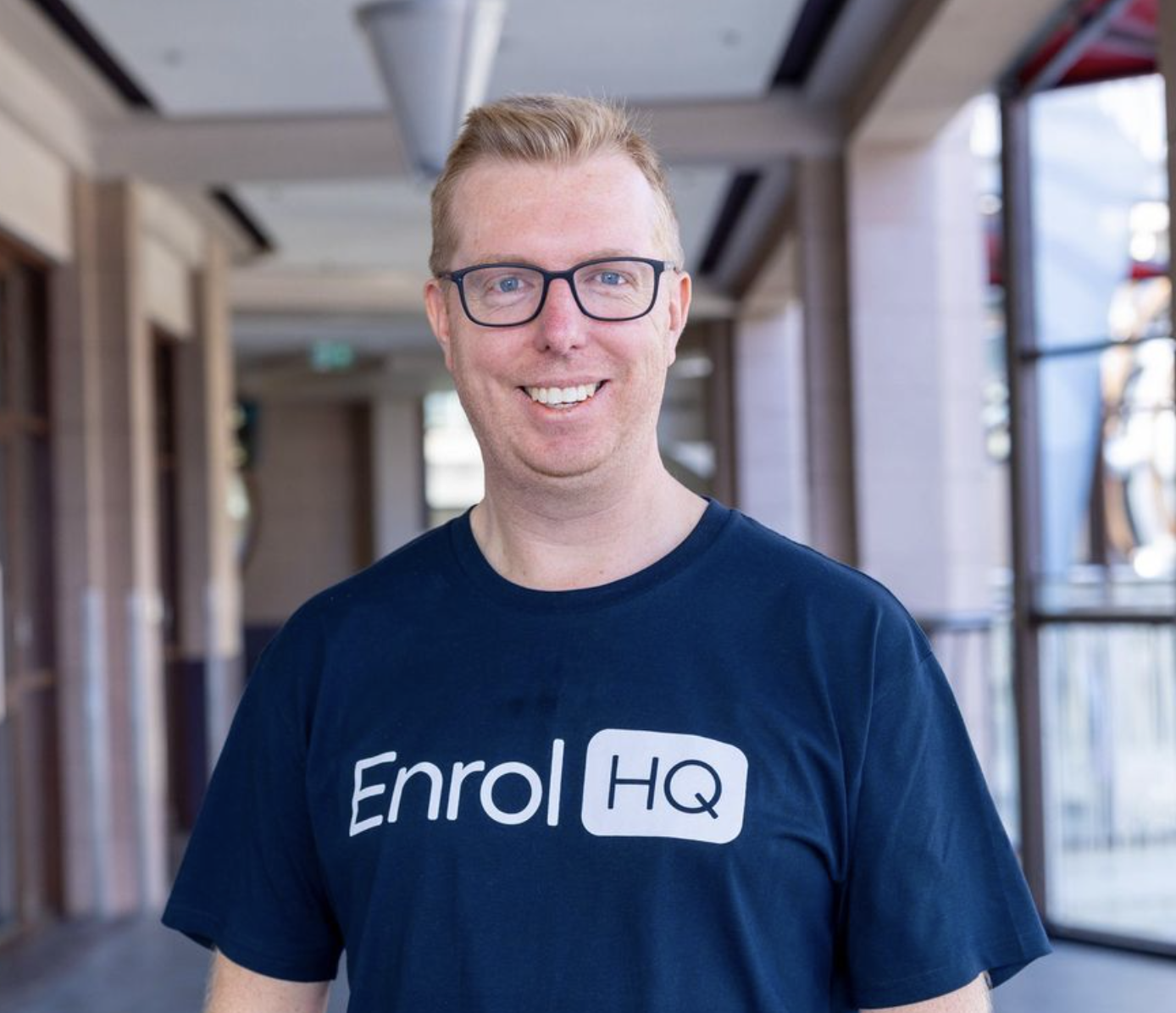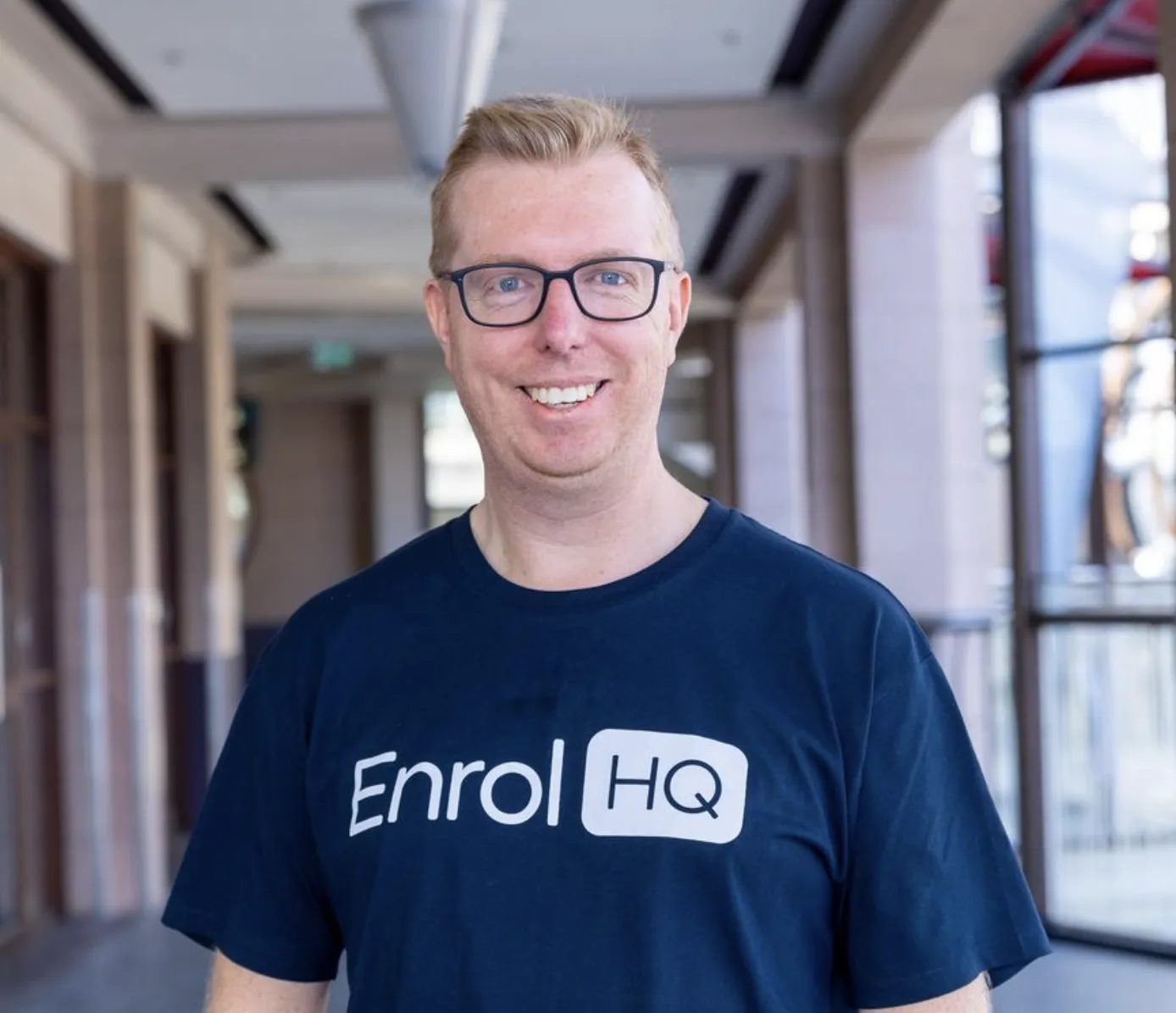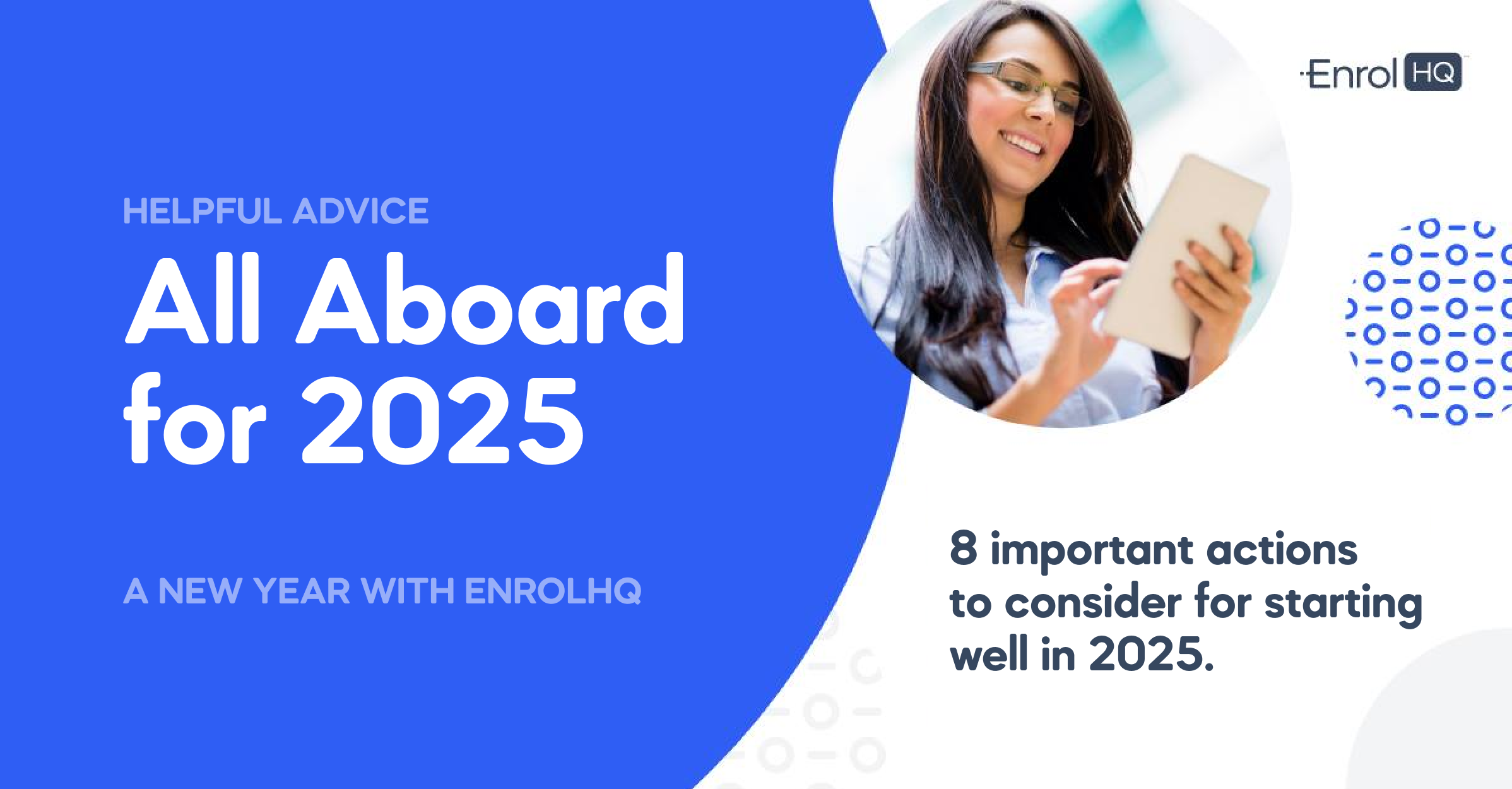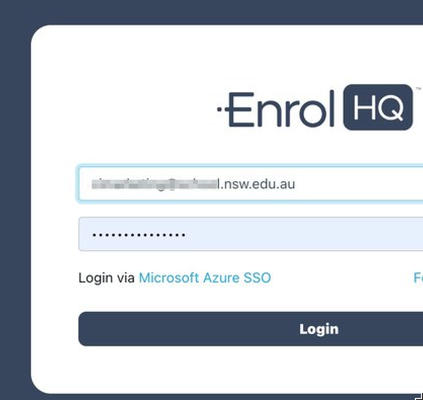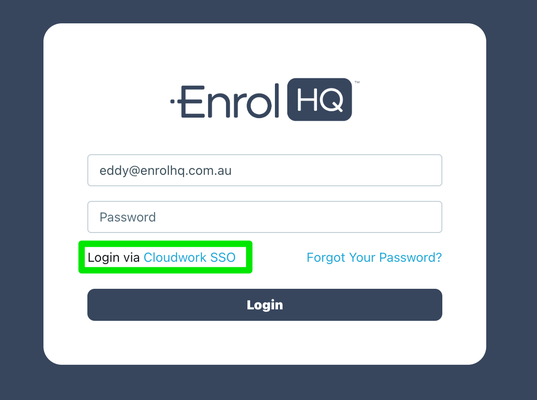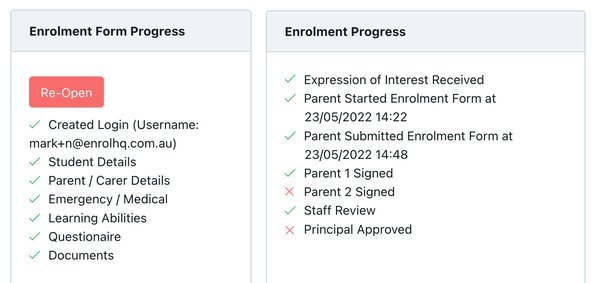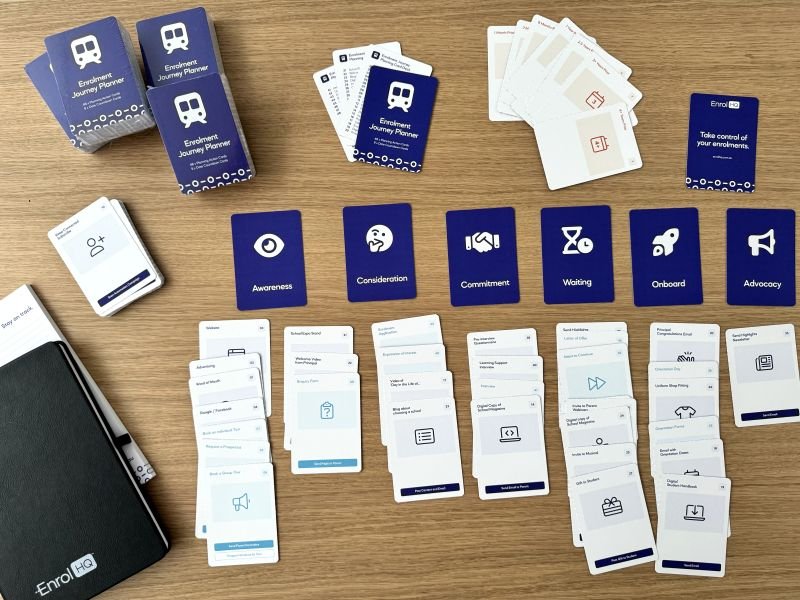Educational
Status Conversion Report
The student status conversion report is an overview of the conversions that happen in EnrolHQ from the time a student profile is created all the way through the enrolment process.
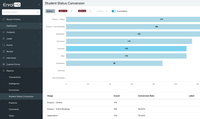
Registrars’ and school staff can use this report to understand how students move through their statuses. It will also show how many students a school needs in each status to fill an enrolment quota. Staff can view and compare conversion rates through the enrolment process to either benchmark or simply give an indication of how enrolments are tracking. This Report allows you to choose which statuses are to be shown - giving you better visibility across your pipeline - as well as filtering out to grade, year level and campuses. The report will base its results on the applicants that reside in the activated statuses.
How the non-cumulative mode works
If a student profile was created by a parent filling out an enquiry form, the report will add +1 to the enquiry status field in the report. As the student progresses through to application status, interview status and offer status the report now adds +1 to all the stages the student passes through.
This mode is used to see the real conversion numbers from one stage to another and shows you the percentage of all students moving from one stage to the next. You can use the conversion percentages and graphs to compare the conversion rate to last year's number and check that you’re on track. You can also see where in the enrolment process your potential students are falling off and take measures to improve the process at this stage.
If an applicant skips a stage that is activated, the report will stop counting at that stage for that applicant.

For example: The applicant has submitted an enquiry -skippedthe event booking - and then submitted an application. If your activated statuses are enquiry, event booking, application/registration and orientation - the report will stop the number count for this student at enquiry status.

Even though the student has submitted both an enquiry form AND an application form the report will only show an additional number in enquiry status. The report will not show this student at event booking, application/registration stage or orientation if the student has not passed through the event booking status as long as event booking is activated.
If you, however, untick the Event Booking status:

The report will update and show the numbers in both enquiry status AND application.
How the Cumulative mode works
The cumulative mode predicts the total number of students in each status by adding status progression from the last stage activated to all previous stages. The report aims to predict how many enquiries, event bookings, applications etc. you’ll need to get to X number of students in Orientation, and then Community.
For example, you can see that it takes you an average of 1872 profiles to pass through event booking stage to get 487 students to orientation stage that have accepted their offers. 1 student profile is counted one time per status.

If you have 487 students in Orientation, the report automatically assumes that these have passed through the all the previous stages.
For example: Offer stage has 765 profiles which are all the profiles that are in Orientation status + all the profiles that stopped at Offer status and didn’t accept their offer yet. (The report assumes that all profiles will have passed through the Offer stage to get to Orientation). Next, you can see that the Application/Registration stage has 1322 profiles and this will contain all students in Offer stage and Orientation stage + all the profiles that stopped at Application/Registration status and haven’t progressed further yet. (The report assumes that all profiles will have passed through the Application/registration stage to get to Offer and Orientation).
At the bottom stage - Enquiry - you’ll therefore be able to see a predicted number of enquiries based on the amount of profiles in Orientation, Offer, Interview, Application, Event Booking etc.
Using the cumulative mode, you can predict how many enquiries and event bookings you need to make to get X number of applications or how many applications you need to receive to have X number of accepted offers.

